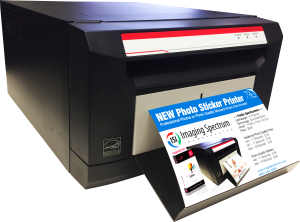
This is critical to maintain the health of your printer, and ensure that you continue to experience the same great print quality that your printer delivered when it was new.However, it can cause your yields to be lower than if you printed the same content continuously. With this kind of start/stop printing, inkjet printers use some ink to keep print nozzles clear and ink flowing smoothly. Some inkjet users print a few pages at a time, and hours, and sometimes days, pass between print jobs. See Inkjet photo yields for more information. HP has a separate yield standard for photo printing. The yield you experience will depend upon the content that you print.

Printing that uses primarily one color could cause lower yields for that color, and higher yields for colors not heavily used. Highly "dense" documents, such as the text document below, may yield fewer pages than the ISO standard, while less dense ones such as the organization chart below would yield more pages than the standard. The five standard ISO pages shown below consist of a mix of text and graphics, and a mix of black and color.Īctual yield will vary depending upon the amount of content on the page.

Actual yield varies considerably based on the content of printed pages, frequency of printing, ink used in printer set-up and other factors, as discussed below.

ISO standard page yields therefore should be used only as a starting point for comparison purposes, and not to predict the actual yield you will get from your HP printer and cartridge. Under the ISO 24711 testing guidelines, a standard set of five 8 1/2 x 11 pages is printed continuously until the cartridge reaches end-of-life.For a variety of reasons, these testing conditions may not reflect what you experience in every day use. For laser printer yields, see LaserJet page yields. For all Deskjet, Photosmart and Officejet inkjet printers and All in Ones sold since July 2005, HP publishes page yield data based on the industry standard for measuring ink cartridge yields (ISO/IEC 24711).


 0 kommentar(er)
0 kommentar(er)
